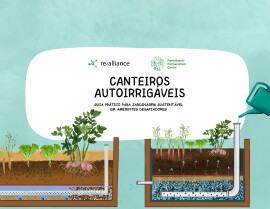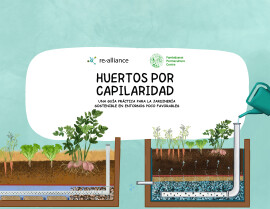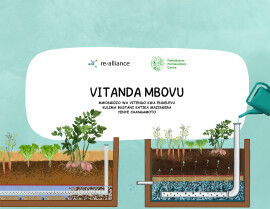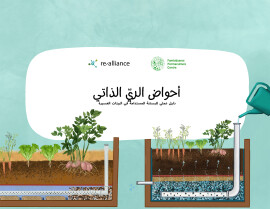
Distribution of Seeds and Tools in Emergencies
Oxfam and other agencies often distribute seeds and tools in emergencies, whether resulting from war and displacement or natural disasters. Such inputs can be of great value in enabling people who have lost everything to re-establish themselves and move towards self-sufficiency. This book provides detailed guidelines to those contemplating a seeds-and-tools programme. Careful planning and thorough consultation with the people involved are essential in order to avoid many potential problems. The book lists the information that must be gathered before deciding to implement a programme and then putting it into operation. The various stages are described in detail and methods of distribution are compared and evaluated. Technical information on types of seeds and tools, purchase, transport and storage are given and the importance of involving the recipients, especially women at every stage, is stressed as is the need to take a long-term approach to these inventions.
Published: 1998
Pages: 96
eBook: 9780855987084
Paperback: 9780855983833
| * Preface | |||
|---|---|---|---|
| 1. Gender issues related to seeds and tool management | |||
| 2. The project cycle and project management | |||
| 3. Initial project assessment, or scoping | |||
| 4. Project information requirements | |||
| 5. Assessments | |||
| 6. Project data | |||
| 7. Technical information on seeds and tools | |||
| 8. Project implementation | |||
| 9. Long-term considerations | |||
| * Appendices | |||
| 1. Outline of an emergency preparedness plan | |||
| 2. Measurement conversion table | |||
| 3. Assessment report format | |||
| 4. Example of a mind map | |||
| 5. Project budget | |||
| 6. Botanical names of some common crops in English and Latin | |||
| 7. Calculating storage areas | |||
| 8. Sample distribution form | |||
| 9. Layout for final project report | |||
| * Further reading |
Managing Humanitarian Relief - 2nd Edition
Backmatter - Managing Humanitarian Relief
James, Eric
2017
https://doi.org/10.3362/9781780449029.022 [Citations: 0]




